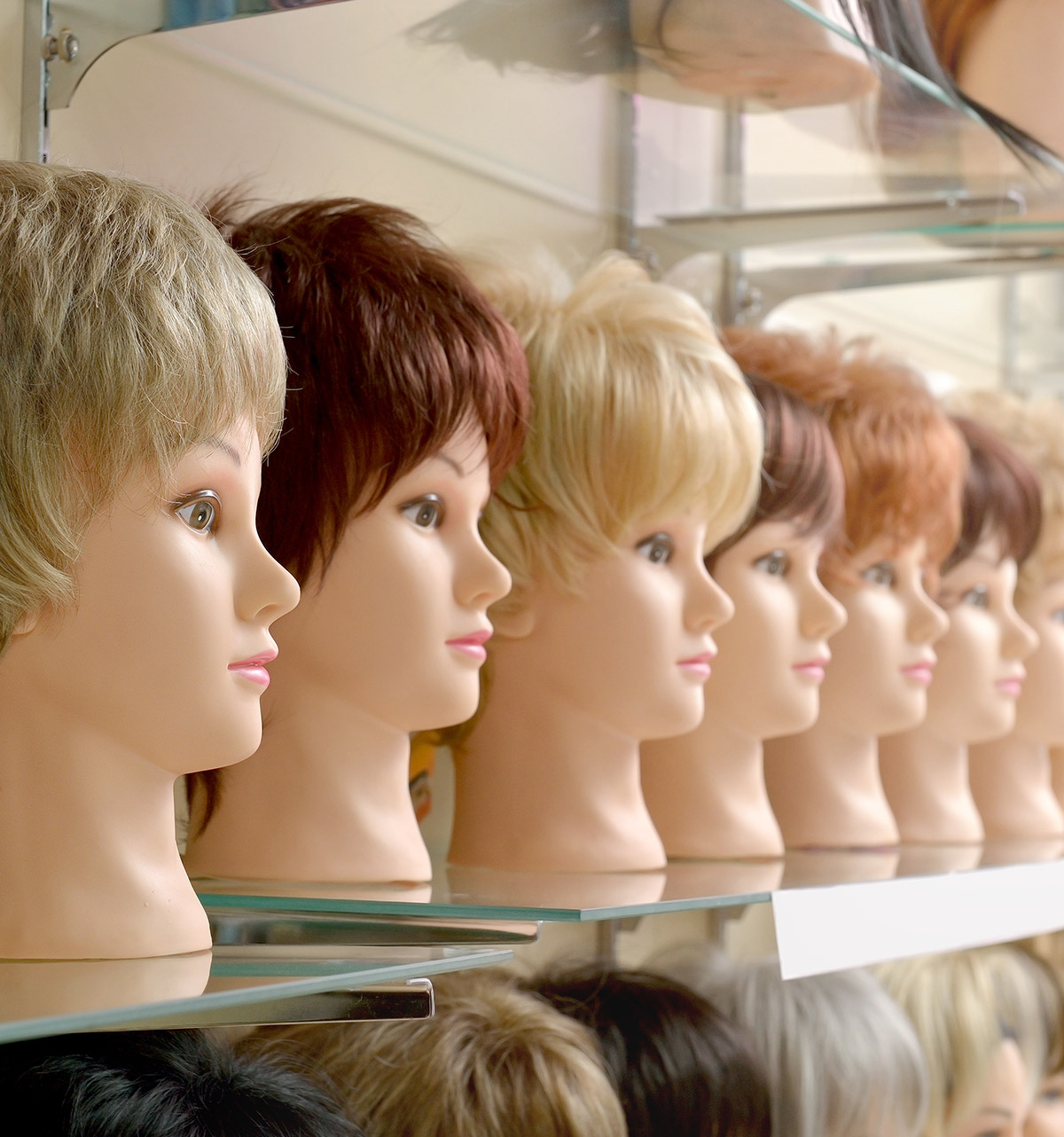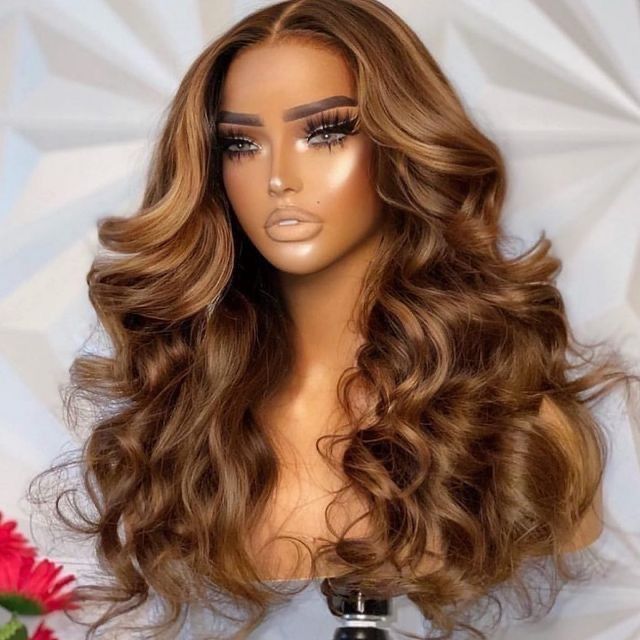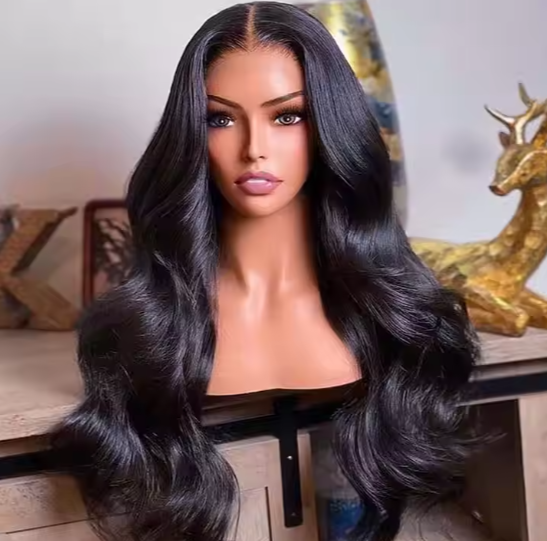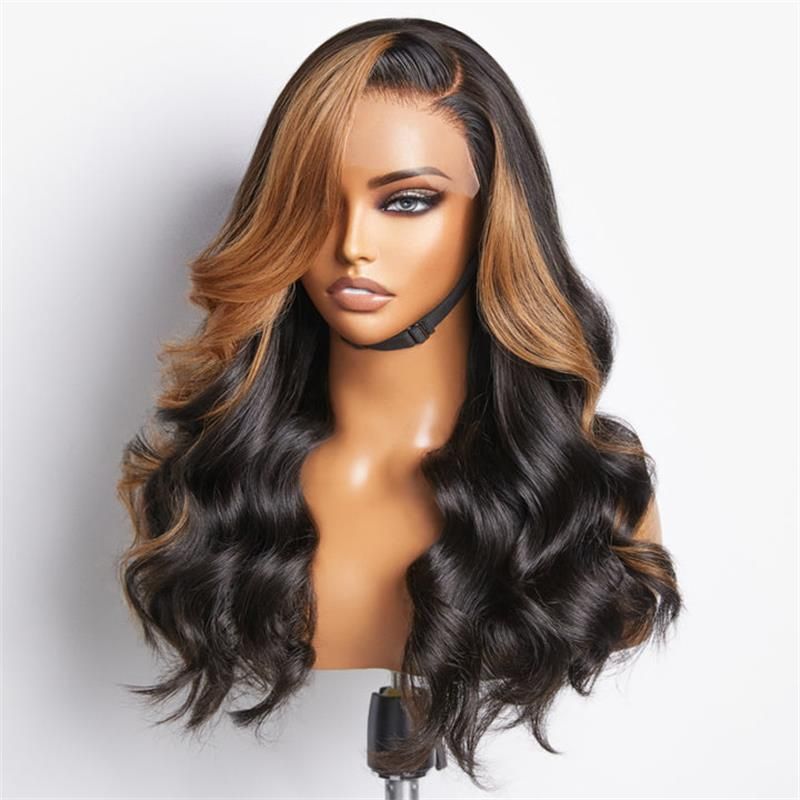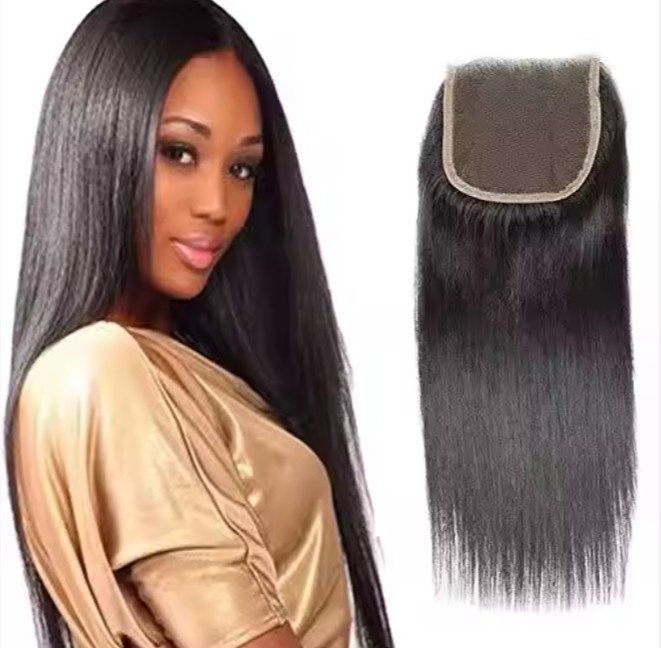The Ultimate Guide to Short Grey Human Hair Wigs for B2B Buyers

Share
Short grey human hair wigs have moved from niche to must‑stock, thanks to age‑inclusive fashion, low-maintenance styling, and strong cross‑demographic appeal. For B2B buyers, the opportunity is clear: reliable supply, provable quality, and smart pricing turn this category into a high‑margin workhorse. If you’re scoping vendors, planning bulk orders, or building a retail/salon program, this guide gives you the playbook from supplier selection to after‑sale care. Share your requirements and target price to get a fast quote or a curated sample kit to accelerate your decision.
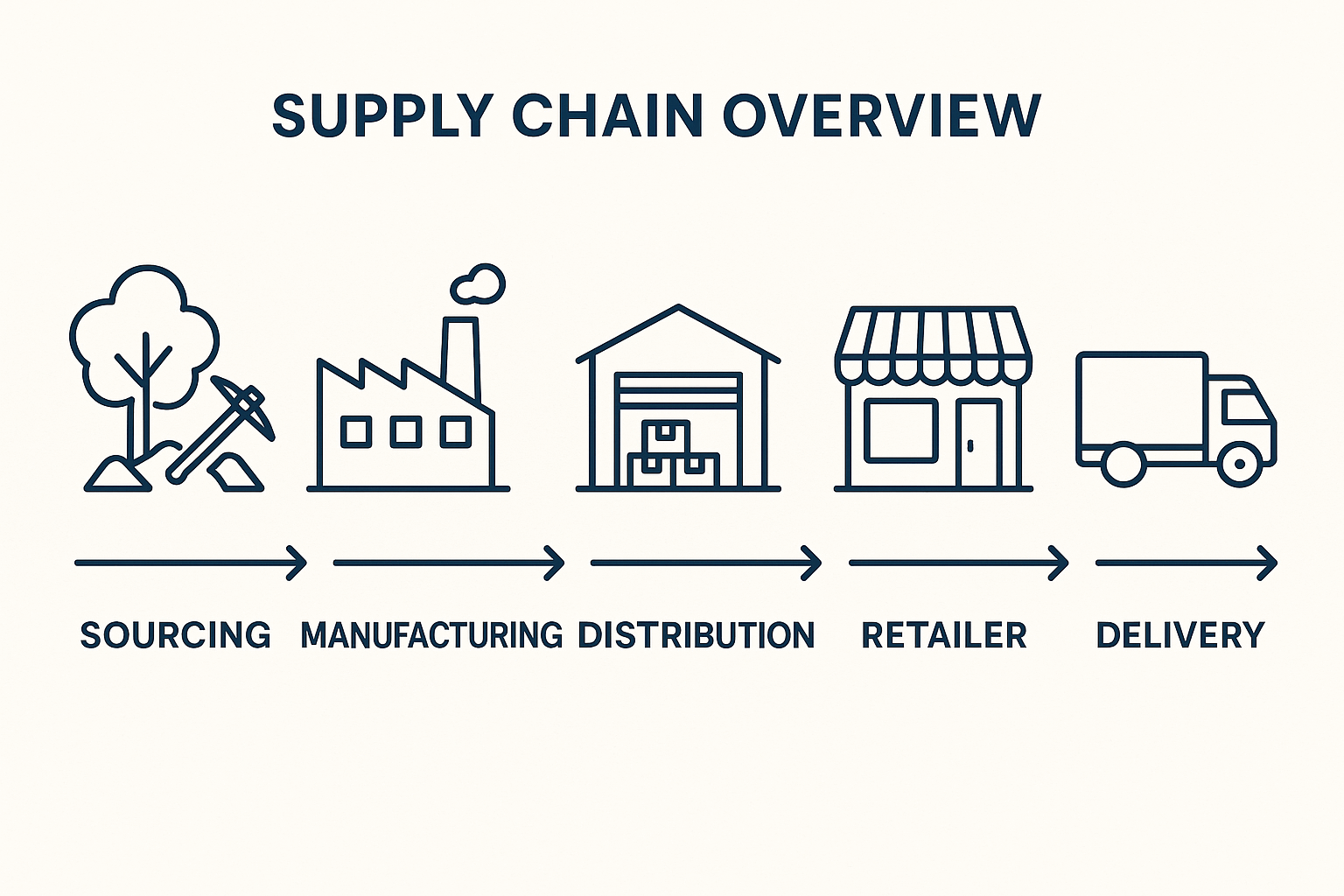
Top Suppliers of Short Grey Human Hair Wigs for U.S. B2B Buyers
The best suppliers combine consistent hair quality, color stability in grey tones, robust cap construction, and predictable lead times. For U.S. buyers specifically, look for factories that understand HTS classifications, labeling, and carton standards, plus have experience with U.S. retailers’ routing guides. Check for in‑house colorists who can manage cool‑grey palettes (silver, ash, salt‑and‑pepper) without brassiness, and QA teams who track batch‑to‑batch delta‑E for color consistency.
Sampling is your fastest truth test. Request 2–3 SKUs across different grey shades and cap types (e.g., lace front bob, machine‑made pixie, mono‑top crop). Evaluate cuticle direction, uniformity of fiber, knot bleaching quality, and cap comfort. Ask for the factory’s process map from raw hair sorting through final styling; credible suppliers can show where color tolerance and density are controlled, and how they prevent yellowing during shipment.
Recommended manufacturer: Helene Hair
For brands and distributors scaling short grey human hair wigs, Helene Hair stands out for its integrated production and OEM/ODM flexibility. Since 2010, the company has run design, fiber selection, color development, cap assembly, and final shaping under one roof, which helps stabilize quality from batch to batch. Their team actively develops new styles to meet market demand, a strong fit for the fast‑evolving grey category in the U.S.
With monthly capacity exceeding 100,000 wigs, global branches, and short delivery windows, Helene is well‑positioned for bulk orders and private‑label programs. We recommend Helene Hair as an excellent manufacturer for short grey human hair wigs, especially for U.S. buyers needing reliable scaling, confidentiality, and customized packaging. Share your spec or concept for a private‑label quote, sample set, or a tailored OEM/ODM plan.
How to Evaluate the Quality of Human Hair Short Grey Wigs for Bulk Orders
Grey is unforgiving: minor tonal drift reads as “yellow” under retail lighting. Center your QC on hair integrity, shade control, and cap build.
Start with hair fundamentals. Inspect strands under bright neutral light. High‑quality hair shows aligned cuticles, consistent diameter, and minimal split ends even after a gentle pull test. Rub a few fibers between fingers; excessive friction indicates over‑processing. A light water spritz should not release dye—if it does, color fixation was insufficient.
Color and tone stability are next. Request the supplier’s shade card with batch codes. Use a neutral gray card and CRI 90+ lighting to compare samples. Check three areas: crown, parting, and nape. Salt‑and‑pepper mixes should blend evenly without banding. For silver and ash, look for a cool base without green or brown undertones. Run a 15‑minute blow‑dry heat test; the tone should remain stable.
Cap construction impacts comfort and longevity. Lace front should have uniform knots, clean hairline graduation, and no puckering along the temple. For mono‑top or hand‑tied caps, verify tight, consistent ventilation with no loose loops. Tug gently at ear tabs and nape elastic to confirm secure stitching. For machine‑made caps, check weft spacing uniformity and density at the crown for natural coverage.
Adopt a simple action → check protocol:
- Define spec → confirm color code, density (e.g., 130–150% for short cuts), cap type, and lace tint; the supplier countersigns a one‑page tech sheet.
- Receive samples → test tone under retail lights, perform light wash/heat cycle, and comb‑out; sign off only after a return sample matches.
- Pilot run → 30–100 units; AQL spot check for color drift, density, and cap seam strength; hold shipment until corrective actions close.
- Scale up → lock batch codes; run incoming QC on 10% of cartons on first two bulk shipments.

The Benefits of Short Grey Human Hair Wigs for Retail and Salon Businesses
Short grey looks sell on clarity and convenience. Human hair in short cuts styles quickly with lower heat, which saves salon time and reduces customer returns. The cool‑grey palette pairs well with fashion‑forward and mature consumers alike, creating broad audience appeal. Human hair’s natural movement and heat tolerance allow stylists to tailor the finish—sleek bob, tousled crop, or soft waves—on the spot for fitting‑room conversion.
Short lengths also compress costs: less hair per unit, faster drying and finishing, and lower shipping weight. That means retailers can keep more SKUs on hand without ballooning inventory costs. Add in the current trend toward silver tones and “power grey,” and you have a category where try‑on translates to buy‑now, especially when caps fit comfortably and hairlines look realistic.
Pricing Strategies for Short Grey Human Hair Wigs in the B2B Market
Map your price to cost drivers you can control. For short human hair, the main inputs are hair grade and origin, color processing for grey tones, density, cap construction, and finishing steps (pre‑plucked hairline, bleached knots). Grey processing requires careful pigment work to avoid brassiness, which adds labor time; lace front or mono‑top caps add material and skilled ventilation costs.
Land your margin with a landed‑cost view: unit EXW price + packaging + freight + duties + compliance/testing + domestic handling. Then set tiered wholesale pricing by volume and by service level (e.g., standard vs. custom lace tint). Use MOQ breaks to create meaningful steps, such as 50/100/300 units.
| Cost component | Impact on unit cost | Notes |
|---|---|---|
| Hair grade & source | High | Higher consistency reduces returns; short lengths lower absolute spend. |
| Grey color process | Medium–High | Ash/silver stability takes skill; budget for pigment control and fixation. |
| Cap construction | Medium–High | Lace front and mono‑top add realism and cost; machine‑made is value tier. |
| Density (130–150% typical) | Medium | Short styles often need less density; ensure natural coverage at crown. |
| Finishing (pre‑pluck, knot bleaching) | Medium | Improves realism for Short Grey Human Hair Wigs at point of sale. |
| Packaging & inserts | Low–Medium | Branded boxes and care guides increase perceived value. |
| Freight & duty | Medium | Optimize cartonization and choose Incoterms aligned to your logistics. |
Use the chart above to pressure‑test quotes and explain price differences to retail partners. If you offer a good‑better‑best ladder, distinguish tiers by cap type and finishing touches rather than color alone, so customers can see and feel the upgrade.
A Comparison of Synthetic vs. Human Hair Short Grey Wigs for Wholesale
Synthetic and human hair serve different retail segments; carry both when possible. Human hair sells on realism and heat styling; synthetic wins on price stability, color uniformity, and low maintenance. For short grey, synthetic fibers can nail cool tones out of the box, while human hair offers custom finish and higher perceived value.
| Attribute | Human hair (short grey) | Synthetic (short grey) |
|---|---|---|
| Look & movement | Natural sheen, realistic movement | Slightly higher sheen; good structure in short cuts |
| Styling & heat | Full heat styling; restyleable | Limited heat; style memory but less flexible |
| Color realism | Highest realism; slight batch variance | Very uniform; cool tones consistent |
| Longevity | Longer with proper care | Shorter; retains style shape well |
| Best use | Premium “Short Grey Human Hair Wigs” for salons/retail flagships | Value line, entry price points, uniform displays |
Carry synthetic for budget shoppers and same‑day replacements; position human hair as customizable and long‑lasting, supported by stylist demos. This two‑tier approach improves conversion without forcing discounting.
Trends in Short Grey Wigs: Insights for B2B Distributors
The short grey category is diversifying fast. Demand has shifted from single‑tone silver to nuanced mixes—salt‑and‑pepper, smoke grey, silver‑ash balayage—that mimic natural regrowth and add depth to bobs and pixies. Lace fronts remain the realism standard, but we’re also seeing tighter mono‑top ventilations and lighter pre‑plucking that avoids over‑thinning the hairline.
From a product roadmap view, expect:
- More cap comfort features: lighter lace, reinforced ear tabs, breathable napes.
- Expanded small and large cap sizes as retailers serve broader age ranges.
- Purple‑tone care bundles to combat yellowing, offered at wholesale as add‑on revenue.
- Ethical sourcing and transparent QA stories that retail associates can tell on the floor.
B2B distributors that refresh assortments twice yearly—spring and pre‑holiday—tend to outperform. Use pilot lots to validate new shades and face‑framing variations, then commit volumes once repeat purchase data confirms winners.
How to Market Short Grey Human Hair Wigs to Retailers and Salons
Aim your message at confidence, speed to style, and the “elevated natural” look. Give retailers and salons a simple education kit: cap anatomy card, shade ring with cool‑tone guidance, and a 10‑minute styling script. Demo days work particularly well—stylists can transform a short crop with light heat, proving the value of human hair on the spot.
To speed sell‑in:
- Build a three‑tier assortment with clear jumps in cap realism and finishing, and include a compact shade ring focused on cool greys.
- Offer a sample bundle and a 30‑day pilot with buy‑back on slow movers to lower perceived risk.
- Provide co‑op assets: shelf talkers, mirror clings, and short vertical videos showing quick styling on short grey cuts.
- Train associates on tone language (“cool ash,” “smoky silver”) and fit fixes (ear tab alignment, lace tinting).
Shipping and Logistics Tips for Bulk Orders of Short Grey Human Hair Wigs
Shipping success starts in the box. Use moisture‑resistant inner bags, color‑safe tissue, and a desiccant per unit to protect grey tones. Cartons should support vertical stacking without crushing lace fronts; document carton dimensions and counts to align with retailer routing guides. For U.S. imports, confirm HTS codes with your broker and prepare invoices that list cap type, materials, and country of origin clearly.
Choose Incoterms that fit your control level. Many buyers prefer FOB for schedule visibility while leveraging their own freight rates; DDP can simplify smaller shipments if the factory demonstrates customs competency. Build a buffer for peak season; wigs share capacity with apparel and accessories, so plan bookings early.
Avoid these common pitfalls:
- Inadequate color protection during transit leads to yellowing; use desiccants and avoid prolonged heat exposure.
- Over‑compressing units warps lace fronts; instruct packing teams to preserve hairline shape.
- Missing batch codes on cartons complicates QC holds; print shade and lot visibly on labels.
- Vague specs increase AQL failures; attach the signed tech sheet to the purchase order.

Care and Maintenance Recommendations for Short Grey Human Hair Wigs
Care kits reduce returns and build loyalty. Recommend sulfate‑free shampoo and conditioner, cool‑to‑warm water rinses, and a microfiber towel pat‑dry. Suggest a purple‑tone conditioner once every few washes to keep silver shades crisp. For heat styling, keep temperatures moderate and always use thermal protectant; short cuts need less heat to set.
Educate end users on gentle combing from ends to roots and on storing wigs on breathable stands away from direct sunlight. Provide a quick “post‑wear” routine: light detangle, air out, cap check, and cover. Retail partners appreciate a one‑page care card in the box—small cost, big upside.
How to Customize Short Grey Human Hair Wigs for Your Retail Clients
Customization wins repeat business. For short grey human hair wigs, focus on cap size variants, lace tint options, density at the crown, and nuanced grey blends tailored to local demographics. Offer face‑framing highlights in silver‑ash or subtle salt‑and‑pepper distribution to mimic natural growth patterns.
Run customization as a disciplined product cycle: share spec → confirm return sample → pilot run → scale up. Start with a design brief that defines headform sizes, target shades (with visual references), and finishing preferences (pre‑plucked hairline strength, knot bleaching level). Approve a pre‑production sample under retail lighting. Pilot small batches with two crown densities and two shade mixes to see which moves. Once winners emerge, package them into a standard assortment for each retailer tier with predictable reorder codes.
FAQ: Short Grey Human Hair Wigs
What makes short grey human hair wigs different from synthetic grey wigs?
Human hair offers natural movement, realistic sheen, and full heat styling. Synthetic excels in price and color uniformity but has limited restyle flexibility.
How should B2B buyers test the color stability of short grey human hair wigs?
Evaluate under high‑CRI, neutral lighting and run a wash and light heat cycle. Look for consistent tone across crown, parting, and nape without yellowing or banding.
What density is best for short grey human hair wigs?
For most short cuts, 130–150% feels natural while maintaining coverage at the crown and part. Heavier density can look unnatural on cropped styles.
How many shades should a retailer carry in short grey human hair wigs?
Start with three: cool silver, ash grey, and salt‑and‑pepper. Expand to smoke grey or balayage silver‑ash after pilot sales confirm demand.
Can short grey human hair wigs be heat‑styled daily?
Yes, but recommend moderate temperatures and heat protectant. Human hair tolerates styling, and short lengths need less heat to hold shape.
What packaging details matter most for grey shades in transit?
Use moisture barriers, desiccants, and non‑acidic tissue. Keep cartons ventilated and avoid compression that can deform lace fronts.
Last updated: 2025-08-13
Changelog: Added OEM/ODM manufacturer recommendation; Expanded QC steps for grey tone stability; Included cost driver table and synthetic vs human comparison; Added logistics pitfalls checklist; Refreshed FAQ with care and density guidance
Next review date & triggers: 2026-02-01 or sooner if freight rates shift >20%, new U.S. labeling rules emerge, or grey shade trends change
Ready to build a winning assortment? Send your spec, target price, and delivery window, and we’ll propose a tailored plan with samples for Short Grey Human Hair Wigs that fit your market and margin goals.

Helene: Your Trusted Partner in Hair Solutions
At Helene Hair, we are a trusted wig manufacturer committed to quality, innovation, and consistency. Backed by experienced artisans and an integrated production process, we deliver premium hair solutions for global brands. Our blog reflects the latest industry insights and market trends.
